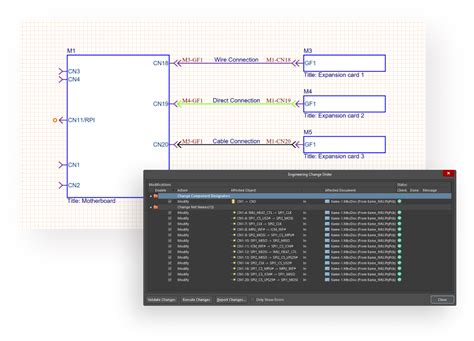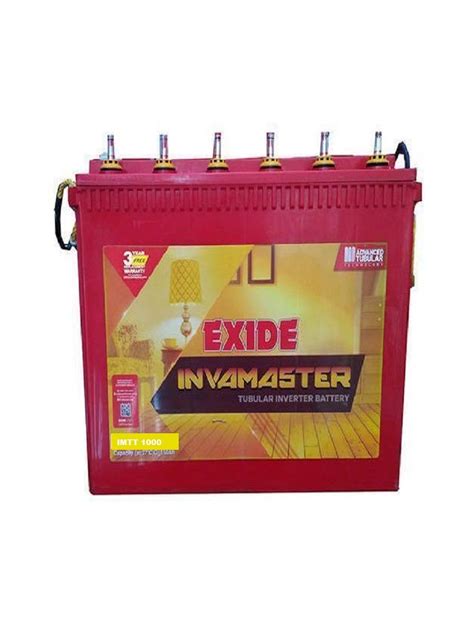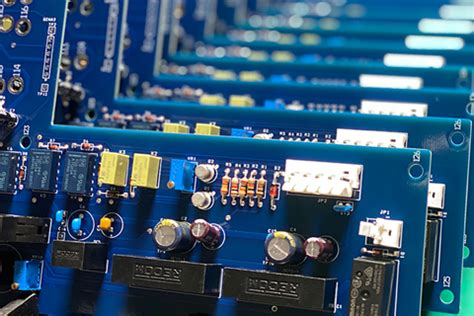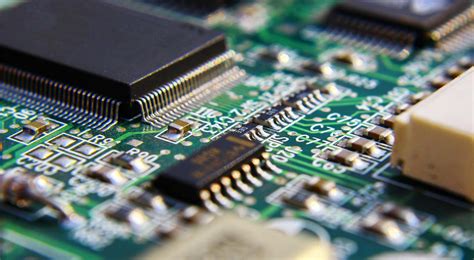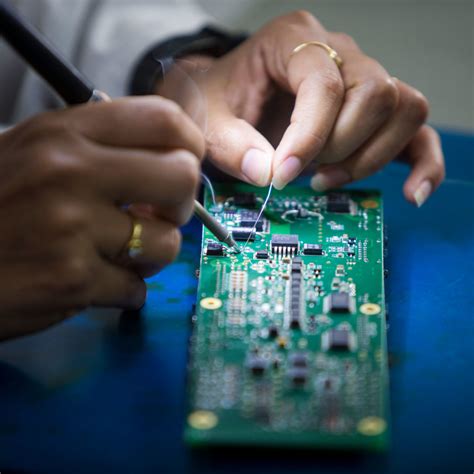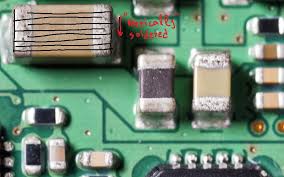Mastering Multi Board Assembly with Altium Design Tools

Key Takeaways
In the realm of pcb assembly, successfully navigating a multi board assembly process requires a solid understanding of the tools and methodologies that can ensure efficiency and precision. The foremost takeaway is to comprehend the unique features of Altium Design Tools, which enhance the overall process of pcba. These tools provide an integrated environment that supports better visualization and management of interconnected boards, allowing designers to orchestrate complex layouts with confidence.
An essential technique in improving your assembly process is early collaboration between design and manufacturing teams, which minimizes errors during the pcb assembly stage. Additionally, adopting best practices such as proper layer management, component placement strategies, and thorough design rule checks can streamline workflows significantly.
Incorporating robust templates for multi board projects in Altium not only saves time but also establishes a standard that enhances consistency across designs. A simple table summarizing key features and benefits can effectively highlight how certain practices lead to improved outcomes:
| Feature | Benefit |
|---|---|
| Integrated Design Tool | Seamless transition between design phases |
| Real-time Collaboration | Reduces miscommunication |
| Comprehensive Rule Checks | Minimizes errors |
| Customizable Templates | Ensures uniformity across projects |
By leveraging these insights, engineers can refine their strategies for multi board assembly, achieving better results in their pcba endeavors while positioning themselves for future advancements in technology and methodologies.
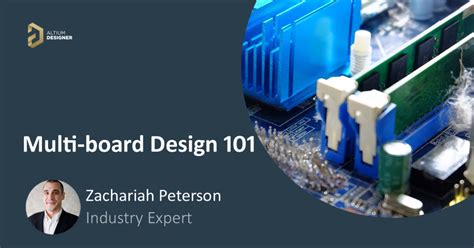
Introduction to Multi Board Assembly in Altium
In today’s fast-paced electronics industry, multi board assembly is a vital process that enables the creation of complex systems with multiple printed circuit boards (PCBs). Utilizing Altium design tools significantly enhances this process by providing a streamlined approach to pcb assembly. Altium’s comprehensive software is designed to facilitate the integration of multiple boards, allowing engineers to design, simulate, and iterate on assemblies with confidence. The ability to visualize the entire assembly in a single environment fosters collaboration and helps identify potential issues early in the design phase. Moreover, its robust PCB layout capabilities ensure that each board is optimized for performance, reliability, and manufacturability. By adopting these advanced tools, teams can not only improve efficiency but also achieve a higher level of precision in pcba projects. Understanding the intricacies of multi board assemblies with Altium equips designers with the necessary skills to tackle challenges head-on while maintaining quality and reducing time-to-market.
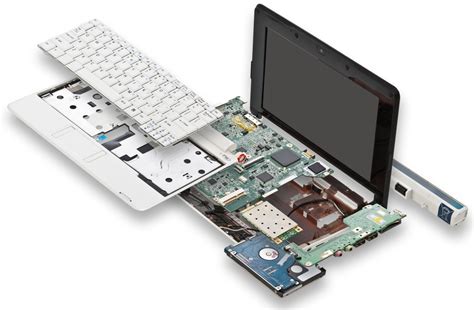
Key Features of Altium Design Tools for Multi Board Projects
Altium design tools are renowned for their robust capabilities in multi board assembly, serving as an essential resource for professionals in the field of pcb assembly. One of the standout features is the powerful 3D visualization, which allows designers to visualize how components will fit together across multiple boards. This feature not only aids in detecting potential spatial conflicts but also enhances the overall understanding of how pcba units will interact once assembled.
Additionally, Altium provides an innovative revision management system that ensures all team members are working with the latest files, reducing errors and inconsistencies that can arise in multi board projects. The integrated design environment fosters seamless collaboration among engineering teams, enabling effective communication around design modifications.
Another key feature is signal integrity analysis, which plays a critical role in maintaining performance standards across multiple boards. This analysis helps identify potential issues such as crosstalk or EMI, allowing designers to rectify problems early in the design process, thus saving time and costs associated with rework.
“Utilizing tools for effective multi board planning can significantly enhance both efficiency and quality in project execution.”
Moreover, Altium’s scalability makes it suitable for projects of varying complexity—from simpler designs to intricate assemblies requiring comprehensive mechanical adjustments. The automation capabilities inherent to these tools further streamline repetitive tasks, allowing designers to focus on creative problem solving rather than administrative duties.
In summary, leveraging Altium’s key features can dramatically uplift your success rate in pcba processes while ensuring high precision and efficiency throughout your multi board assembly projects.
Essential Techniques for Effective Multi Board Assembly
When working with multi board assembly, one of the critical components is understanding the intricacies of PCB assembly processes. To achieve optimal results in your designs, leveraging Altium Design Tools can significantly enhance your workflow. First and foremost, ensure that all components are properly defined in your designs, including accurate footprints and component orientations. Using the powerful validation features in Altium, such as Design Rule Checks (DRC), can help identify potential issues before the actual pcba begins, reducing errors during manufacturing.
Another essential technique is to maintain a consistent naming convention and design hierarchy throughout your project. This practice not only simplifies navigation within large projects but also facilitates easier communication with manufacturing teams. Utilize Altium’s powerful multi-board management tools to group related boards logically; this will aid in streamlined data preparation for fabrication.
In addition, thorough documentation should not be overlooked. Each board should have an associated set of assembly instructions that clearly delineate component placement and soldering requirements. Incorporating visual aids, such as annotated diagrams or images, can greatly improve clarity for those involved in the assembly process.
Lastly, considering thermal management and electrical performance during the design phase will lead to a robust final product. Utilize thermal simulation capabilities within Altium to preempt potential overheating issues that could arise from tightly packed components on multi-board setups. By applying these essential techniques effectively, you can ensure your pcba endeavors are met with precision and success, ultimately leading to high-quality and reliable electronic products.
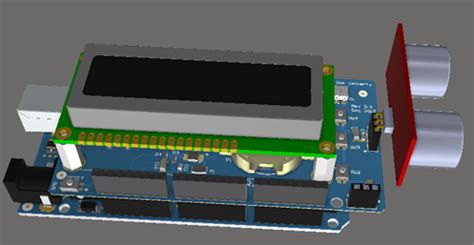
Best Practices for Streamlining Your Assembly Process
To achieve a successful PCB assembly process, it is crucial to implement best practices that enhance both efficiency and accuracy in your designs. One fundamental strategy is to ensure that all components are easily accessible during the PCBA process. Proper organization—such as categorizing components by type, size, or pin layout—can significantly reduce the time spent searching for parts, thereby expediting the overall assembly time. Additionally, creating a detailed Bill of Materials (BOM) can help in preventing the use of incorrect or incompatible components, which is essential in maintaining high-quality standards.
Incorporation of automated tools within Altium’s design environment can also streamline your workflow. Utilizing design simulation tools allows you to identify potential issues before reaching the assembly stage, saving both time and resources in the long run. Furthermore, applying modular design principles can simplify complex assemblies by breaking them down into smaller, manageable sections. This method not only enhances collaboration among team members but also facilitates easier debugging and testing of individual modules.
Moreover, maintaining open channels of communication with suppliers and manufacturers ensures that you are aware of component availability and technical specifications, which directly impacts your PCB assembly timelines. Regularly updating your knowledge on technology trends related to PCBA will also empower you to adopt innovative practices that optimize your assembly processes. By integrating these best practices into your workflow, you will ensure a more streamlined approach to multi board assembly, ultimately resulting in more reliable and efficient designs.

Tips and Tricks for Achieving Precision in Designs
Achieving precision in pcb assembly is crucial for the success of any multi board project. Utilizing Altium design tools effectively enhances the quality and reliability of your designs. One key tip is to maintain a consistent design rule set across all boards involved in the pcba process. This minimizes the risk of errors during integration, ensuring that components fit seamlessly across different assemblies. Another important practice is to use the visual design rule check tools available in Altium; this enables you to spot potential issues before physical assembly begins. Additionally, incorporating automation within your workflow can significantly improve efficiency and precision; for instance, using scripts to generate netlists or correct design discrepancies reduces human error and time spent on manual corrections. Finally, always perform thorough testing on prototypes to validate your designs before full-scale production. This proactive approach not only helps in refining design accuracy but also enhances overall project timelines and reduces costs associated with rework or modifications. By adopting these practices, you can achieve a higher level of precision in your multi board assemblies, ultimately leading to a more successful outcome for your pcb assembly projects.
Troubleshooting Common Issues in Multi Board Assemblies
In the realm of multi board assembly, utilizing Altium design tools can significantly enhance efficiency; however, challenges can still arise during the process. One common issue occurs when there is a misalignment between PCB assembly components, which can lead to functionality problems in the final product. To address this, it is essential to regularly perform thorough design checks and utilize the built-in verification tools that Altium offers, which can highlight potential errors before physical assembly. Additionally, when dealing with PCBA, thermal management issues may surface due to proximity of components on interconnected boards. Implementing thermal simulation techniques available within Altium tools helps predict hotspots and plan accordingly to avoid overheating. Finally, coordinating documentation becomes crucial for seamlessly managing multiple boards; ensuring all files are up to date and clearly labeled mitigates confusion during assembly. By taking these steps and leveraging the capabilities of Altium design tools, one can handle common pitfalls in multi board assemblies adeptly, promoting a smoother workflow and enhancing overall project success.

Case Studies: Successful Multi Board Assembly Projects
The realm of multi board assembly using Altium design tools showcases a diverse array of successful projects that enhance our understanding of effective strategies in pcb assembly. One standout case involved the development of a complex communication device, which required precise integration of several PCBs to ensure optimal performance. By leveraging Altium’s advanced features, the team effectively managed the intricate layouts and interconnections between the boards. Throughout this process, they applied critical techniques such as careful component placement and efficient routing strategies, which resulted in not only improved functionality but also reduced manufacturing costs.
Another notable project explored the assembly of a sophisticated medical device. Here, the focus was on ensuring compliance with strict regulatory standards while maintaining the quality and reliability necessary for healthcare applications. The successful application of pcba techniques allowed for thorough testing and validation at various stages of development, demonstrating an effective balance between innovation and regulation. These case studies offer valuable insights into how implementing best practices in multi board assembly can dramatically enhance project outcomes, ensuring that both efficacy and precision are achieved in designs.
Future Trends in Multi Board Assembly with Altium
As technology advances, the field of multi board assembly is evolving rapidly, especially with the utilization of Altium design tools. The integration of Internet of Things (IoT) and Smart Electronics is increasingly influencing how PCB assembly is approached. Manufacturers are now looking for ways to enhance interconnectivity among boards while optimizing for size and efficiency. One prominent trend is the adoption of modular design principles, which allow for flexibility and scalability in projects. This approach supports the growing demand for customized PCBA solutions that cater to specific application needs without compromising on quality or performance.
Moreover, we can expect an increasing focus on automation within Altium as designers seek to streamline workflows and reduce manual errors in the assembly process. Advanced simulation features are also shifting into mainstream use, allowing designers to predict potential issues before physical production begins, thereby enhancing reliability and decreasing time-to-market. As functional testing becomes more integrated into the design flow, companies can provide robust solutions that meet rigorous quality standards while looking towards sustainability through eco-friendly materials. This are all pivotal changes that underscore the importance of being at the forefront of multi board assembly technology with tools like Altium.
Conclusion
In conclusion, mastering multi board assembly is vital for optimizing the design and production processes of modern electronic devices. With the use of Altium design tools, engineers can significantly improve the efficiency and precision of their pcb assembly projects. Throughout this article, we have explored various essential techniques that enhance the pcba workflow, including best practices that help streamline assembly processes. Additionally, we have discussed tips to overcome common challenges and ensure seamless integration of multiple boards within a single project. As technology continues to evolve, embracing these methodologies within Altium will undoubtedly provide a competitive edge in the field of electronics design. The future of multi board assembly remains bright, with innovative trends and tools arising to support designers in achieving even greater precision and efficiency in their work.
FAQs
What is multi board assembly in PCB design?
Multi board assembly refers to the process of integrating multiple printed circuit boards (PCBs) into a single system. This is essential for complex electronic devices where different functions are distributed across various boards, ensuring efficient pcb assembly and streamlined design.
How does Altium facilitate multi board assembly?
Altium offers advanced design tools that simplify the management of multi-board projects. Its collaborative environment allows designers to coordinate and integrate PCBA tasks effectively, ensuring all components work cohesively.
What are common challenges in multi board assembly?
Challenges include aligning boards for proper connectivity, managing signal integrity between boards, and ensuring thermal performance across different modules. Understanding these issues helps in avoiding common pitfalls during the pcb assembly process.
What essential techniques can improve the assembly process?
Utilizing thorough design reviews, employing simulation tools for signal integrity checks, and carefully planning the physical layout of connectors can significantly enhance the efficiency of multi board PCBA.
Are there best practices to follow during multi board design?
Absolutely! Best practices include maintaining clear documentation, using standardized components across designs, and conducting comprehensive testing post-assembly to detect any issues early on.

